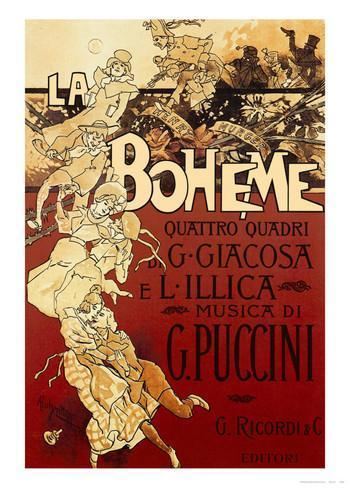Nationality Germany Name Adolfo Hohenstein | ||
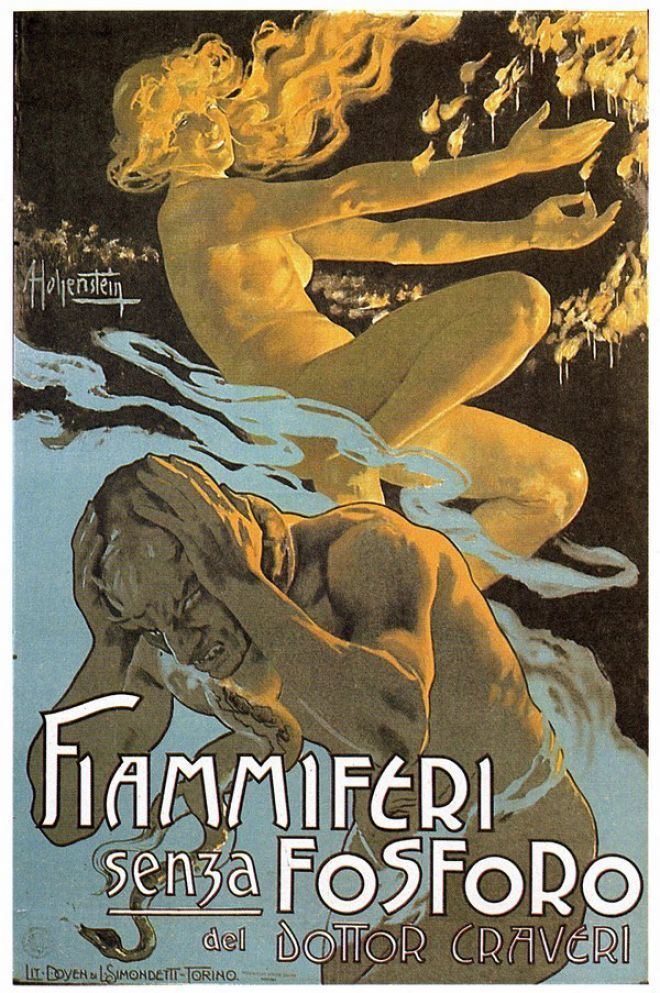 | ||
Died April 12, 1928, Bonn, Germany | ||
UNSUNG HEROES OF ILLUSTRATION 5
Adolfo Hohenstein (Saint Petersburg, 18 March 1854 – Bonn, 12 April 1928) was a German painter, advertiser, illustrator, set designer and costume designer. He's considered the father of the Italian poster art and an exponent of the Stile Liberty, the Italian Art Nouveau. Together with Leonetto Cappiello, Giovanni Mario Mataloni, Leopoldo Metlicovitz and Marcello Dudovich, he's considered one of the most important Italian poster designers.
Contents
- UNSUNG HEROES OF ILLUSTRATION 5
- INTERVIEW Carlo Savi part I of II TOSCA Teatro dellOpera di Roma
- Early years
- The Italian experience
- Return to Germany
- Main poster works
- Main theatre works Ricordi Archives
- Exhibitions
- References

INTERVIEW Carlo Savi (part I of II) | TOSCA - Teatro dell'Opera di Roma
Early years

Adolfo Hohenstein was born in Saint Petersburg, the capital of Russian Empire, to German parents, Julius and Laura Irack. His father was a forest engineer, whose career prompted him to travel extensively. Adolf moves to Vienna where he grows up and completes his studies. His travels take him to India, where he decorates the houses of the local nobility.
The Italian experience
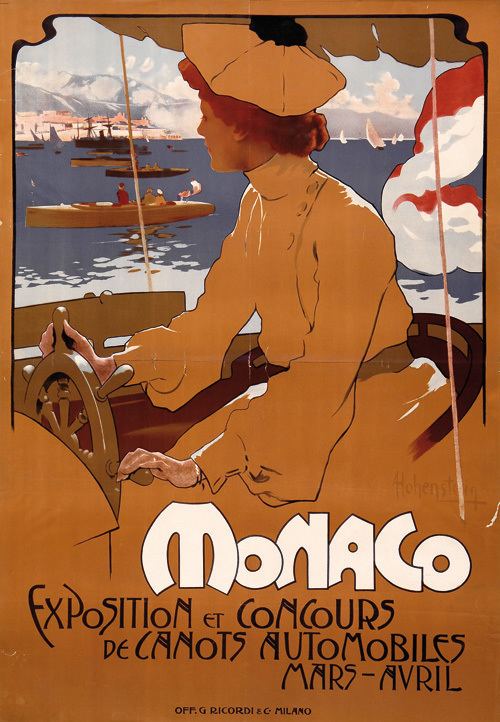
In 1879, he settles down in Milan, Italy. He becomes a set and costume designer for La Scala and other theatres. There he meets the musical publisher Giulio Ricordi, and in 1889 begins to work for the Ricordi Graphical Workshops, where he shortly becomes the artistic director in charge of the graphical part. He'll create the posters for La Bohème and Tosca, as well as publicity for Campari, Buitoni and Corriere della Sera, numerous postcards, covers for scores and booklets. His work will continue to cover the theatrical dimension: scenarios and wardrobes for several works, among them Giuseppe Verdi's Falstaff (1893) and a major part of the works of Giacomo Puccini, from the sketches of the Villas to posters of Madama Butterfly (1904). At Ricordi's he has as colleague Giovanni Mario Mataloni and as students Leopoldo Metlicovitz and Marcello Dudovich.
Return to Germany
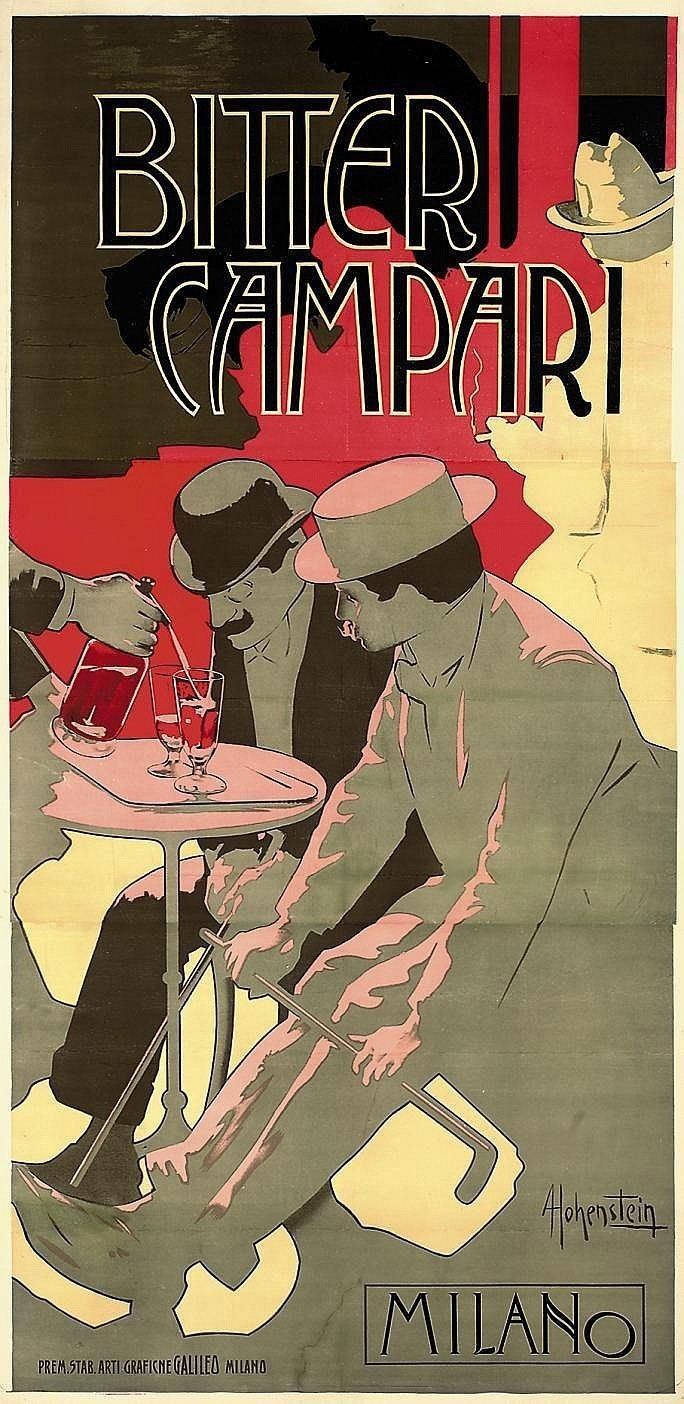
In the first years of the 1900s, after marrying Katharina Plaskuda, a widow, he travels more and more frequently between Italy and Germany till 1906, year in which, after winning the competition for the graphical symbol and the poster for the "Esposizione per il Traforo del Sempione", he leaves Milan for Bonn and Düsseldorf definitively. He will settle in Bonn in 1918. The German years see him engaged mostly as a painter and involved in the decoration of numerous buildings, among them one of the first in constructed reinforced concrete in Renania (1911). He is associated with the Düsseldorf school of painting.
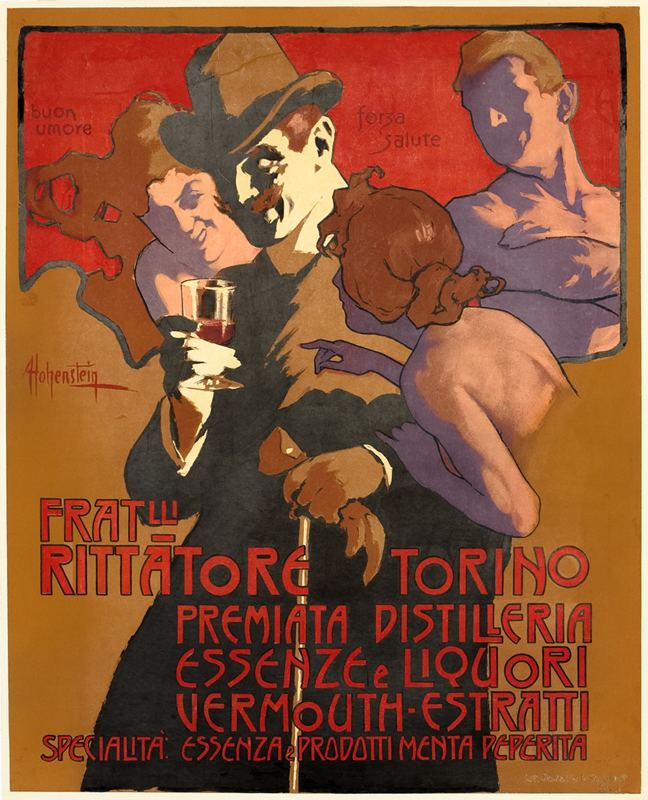
Adolfo Hohenstein died in Bonn 12 April 1928.
Main poster works

Main theatre works (Ricordi Archives)
